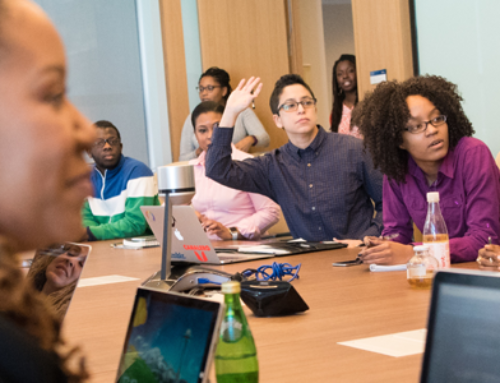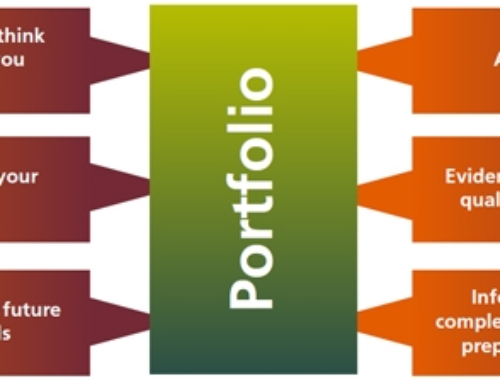Beyond learning styles by: Annie Murphy Paul
Whenever I speak to audiences about the science of learning, as I’ve been doing a lot this fall, one topic always comes up in the Q&A sessions that follow my talk: learning styles.
Learning styles—the notion that each student has a particular mode by which he or she learns best, whether it’s visual, auditory or some other sense—is enormously popular. It’s also been thoroughly debunked.
The scientific research on learning styles is “so weak and unconvincing,” concluded a group of distinguished psychologists in a 2008 review, that it is not possible “to justify incorporating learning-styles assessments into general educational practice.” A 2010 article was even more blunt: “There is no credible evidence that learning styles exist,” wrote University of Virginia cognitive scientist Daniel Willingham and co-author Cedar Riener. While students do have preferences about how they learn, the evidence shows they absorb information just as well whether or not they encounter it in their preferred mode.
This doesn’t mean, however, that teachers and parents should present material to be learned in just one fashion. All learners benefit when information is put forth in diverse ways that engage a multitude of the senses. Take, for example, a program that teaches math using music. At Hoover Elementary School in Northern California, a group of third-graders learned to connect the numerical representation of fractions with the value of musical notes, such as half-notes and eighth notes. Fractions are notoriously difficult for young students to grasp, and a failure to catch on early can hobble their performance in math into middle and high school. Clapping, drumming and chanting gave these pupils another avenue through which to understand the concept.
The lesson here: The “learning style” that teachers and parents should focus on is the universal learning style of the human mind, and two characteristics of it in particular.
First, students benefit from encountering information in multiple forms. They learn more, for example, from flashcards that incorporate both text and images—charts, graphs, etc.—than from cards that display text alone.
Second, students’ interest is kept alive by novelty and variety, so regularly turning away from textbooks and blackboards is key. As long as the new activity genuinely informs the students about the academic subject at hand, clapping a math lesson—or sketching in science class, or acting during story time—can help every student to learn better.
One more thought about learning styles: instead of dividing learners into categories such as visual, auditory, and kinesthetic, a classification I find much more useful is the one proposed by historian and educator Ken Bain, author of the book What the Best College Students Do. In Bain’s scheme, there are three types of learners:
- surface learners, who do as little as possible to get by;
- strategic learners, who aim for top grades rather than true understanding; and
- deep learners, who leave college with a real, rich education.
Bain then introduces us to a host of real-life deep learners: young and old, scientific and artistic, famous or still getting there. Although they each have their own insights, Bain identifies common patterns in their stories. You can read more about these deep learners (they include astrophysicist Neil de Grasse Tyson and comedian Stephen Colbert) on the Brilliant Blog, here. And right now, take a moment to appraise your own “learning style”: is it surface, strategic, or deep?
You can email the author at annie@anniemurphypaul.com. You can also visit her website, follow her on Twitter





